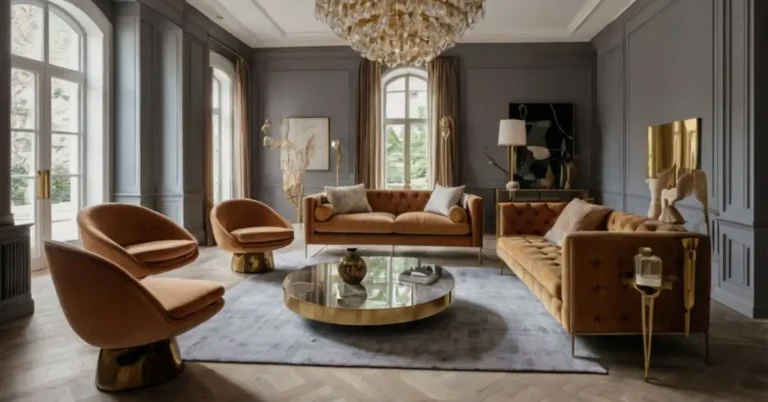Furniture no longer waits patiently in a showroom. It moves at the pace of culture, shifting alongside social trends, influencer interiors, and evolving lifestyles. As consumer tastes grow more design-savvy, furniture sellers are transforming how style and substance reach the home. Now, more than ever, online platforms serve as both gallery and marketplace for modern interiors.
Style Accessibility Through the Online Furniture Store Model
Exploring an online furniture store isn’t just a matter of convenience—it’s become a curated design journey. Shoppers navigate categories shaped by current aesthetics, with filter options that reflect precise needs: boucle textures, Japandi lines, mid-century tones. These digital spaces anticipate what users might want next, surfacing pieces that match aspirational feeds while offering delivery timelines that bypass traditional manufacturing waits.
Trend Cycles in Real Time
Traditional retailers often lag behind the speed of trend adoption. In contrast, agile digital platforms track searches, social media patterns, and consumer feedback to inform rapid inventory shifts. A sudden spike in curved-edge seating or walnut finishes doesn’t wait for next season’s collection—it appears on the site within weeks, reshaping interiors with almost immediate effect.
Algorithms Behind Aesthetic Curation
Visual data, browsing habits, and real-time analytics now influence which pieces appear on homepages, creating a responsive experience that evolves alongside individual preference.
Blending Technology with Interior Imagination
Augmented reality and 3D visualisers bridge the gap between browsing and buying. Users virtually place armchairs in empty corners, rotate dining sets to test space fit, or view fabric texture in detail—reducing guesswork and encouraging bold stylistic choices. This tactile mimicry adds confidence to digital purchasing while keeping the design process immersive.
Sustainability as a Trending Priority
Eco-awareness influences buying habits more than ever. Online stores respond by spotlighting reclaimed woods, recycled materials, and low-emission delivery. Clear sustainability filters make it easier to align aesthetic taste with ethical values. This shift isn’t a niche—it’s becoming the standard.
Conscious Design Doesn’t Compromise Style
From rattan collections with natural sealants to vegan leather lounges, brands show that being environmentally aware enhances, rather than restricts, creative direction.
Interior Inspiration Beyond Catalogues
Influencer collaborations, editorial content, and live video styling sessions fill the void left by traditional showrooms. Instead of passive scrolling, users engage with how-tos, trend breakdowns, and real-world applications. These narratives transform furniture from a static product to a part of a larger lifestyle vision.
Personalisation Options Expand Possibility
A minimalist aesthetic doesn’t mean sacrificing individuality. Modular configurations, colour selection tools, and swappable upholstery let users imprint their taste on trending silhouettes. Whether it’s a velvet sofa in unexpected green or a shelving unit built to specification, digital platforms enable tailored expression within popular looks.
Streamlined Delivery Meets Elevated Design
Complex logistics used to hinder large-item e-commerce. Now, efficient warehousing and smart distribution models bring stylish sofas and tables to front doors with fewer delays. Assembly services, flexible delivery slots, and real-time tracking enhance trust in the process, ensuring the product arrives in harmony with both timeline and expectation.
Looking Ahead: Form, Function, and Fluidity
As furniture retail evolves, the boundaries between aesthetic exploration and digital accessibility continue to blur. The home has become a canvas for experimentation, and online stores empower users to play, refine, and personalise without constraint. Future trends won’t just be seen—they’ll be delivered, tried, styled, and lived in, all through a single digital interface.

